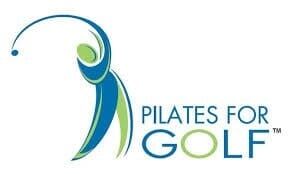Pilates

Whether twisting the body on a drive, squatting down to measure a putt, or leaning over to pick up a ball, golfers are constantly torquing their bodies. As a result some muscles become overused and others weaken, causing an imbalance.
For a golfer, muscle imbalances can affect the legs, hips, arms, shoulders, and the lower back. It can also affect your game, particularly for those over the age of 50. Your drives may be shorter and less accurate, your stamina may decrease, and the potential for debilitating strains, pulls and tears becomes much higher.
Many golfers - from weekend warriors to the game’s elite like Tiger Woods and Annika Sorenstam - are now turning to Pilates as an essential training tool that keeps the body in balance and actually improves performance.

For most dancers and gymnasts, Pilates is a natural choice when it comes to supplementary training. Pilates and dance training have been deeply interconnected. Dancers and gymnasts feel comfortable with Pilates because the principles integral to dance training and gymnastics are also emphasized in Pilates.
Pilates brings our attention to the importance of deep core support, pelvic alignment and full ROM allowing for fluid and controlled movement throughout the body. Pilates teaches how to integrate the spine with the limbs so overall movement is more fluid and embodied. This leads to efficient, fluid, whole body movements that are essential principles of dance and gymnastics.
